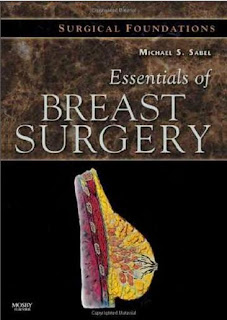The management of both benign and malignant breast disease represents a major portion
of a surgeon’s responsibility, yet often comprises only a minor portion of their training. The diagnostic workup and treatment of breast disease is constantly changing and increasingly complex, making it extremely
challenging for the surgical trainee or practicing general surgeon to keep up with changes
in the field. Surgeons will see an extremely high volume of patients with complaints
related to the breast, and it is imperative that they allay fears, palliate symptoms, and not miss diagnosing malignant disease. Surgeons must also identify patients at high risk of developing breast cancer so that appropriate screening and prophylactic measures may be considered.
{[[' ']]}
']]}
 ']]}
']]}




















